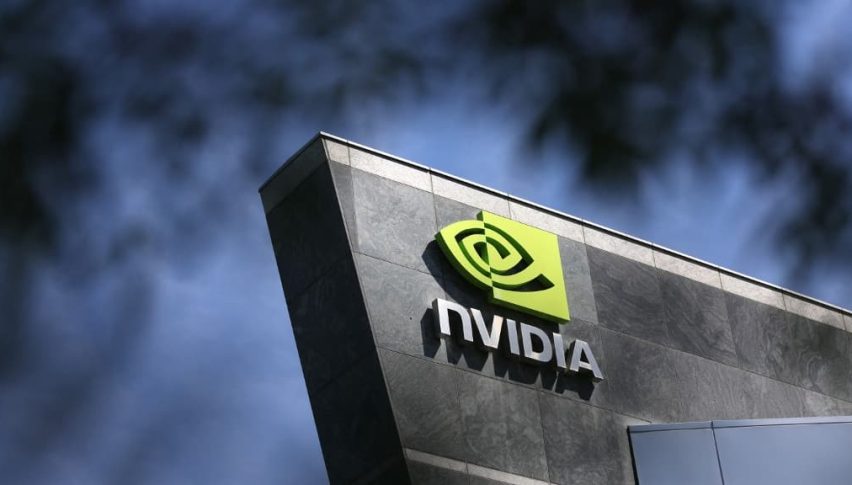MSFT Tumbles: Microsoft Data Center Crunch to Drag On Through 2026

Quick overview
- Microsoft's stock declined due to prolonged data center limitations, expected to last until 2026.
- The company is turning away potential clients as it struggles to scale Azure cloud services to meet demand.
- There is a current shortage of servers and physical space in key U.S. data center regions, impacting new Azure subscriptions.
- Despite these challenges, Microsoft reports that most Azure services still have available capacity for existing customers.
Microsoft (MSFT) experienced a decline in its stock after it was disclosed that the limitations of the company’s data centers, driven by the increasing demand for AI infrastructure, are expected to persist until 2026, longer than previously anticipated. As a result of this situation, internal decisions were made to turn away certain potential clients, underscoring the ongoing challenges in scaling capacity to meet customer needs for Azure cloud services.

Microsoft Corporation’s data center shortage is expected to last longer than initially anticipated, revealing the company’s challenges in meeting cloud demand. According to individuals familiar with Microsoft’s internal projections, there is a shortage of servers and physical space in several of the company’s data center regions in the U.S.
These sources, who requested anonymity to discuss sensitive information, indicated that new subscriptions for the Azure cloud service are currently restricted in critical server-farm hubs, such as Texas and Northern Virginia, through the first half of next year.
Amy Hood, the Chief Financial Officer, stated in July that these constraints are expected to persist until the end of 2025. The capacity issues affect data centers that rely heavily on central processing units (CPUs), which have historically been the primary chips for traditional cloud services, as well as machines equipped with graphics processing units (GPUs) that are typically used for artificial intelligence applications.
Azure is essential for Microsoft’s growth, generating over $75 billion in revenue during the 2025 fiscal year. In recent years, cloud providers have encountered challenges stemming from a shortage of rental servers, impacting companies such as Amazon.com Inc. and Alphabet Inc.’s Google. In its last six quarterly earnings calls, Microsoft has consistently reported that it has been unable to fully meet customer demand for cloud services. Similar challenges have been noted by Amazon and Google as well.
A Microsoft spokesperson mentioned that a majority of Azure services and regions in the U.S. “have available capacity,” allowing existing customers with deployed workloads to continue to grow. However, in some instances, unexpected spikes in demand have led the company to implement “capacity preservation methods” to manage customer demand across its data center fleet.
- Check out our free forex signals
- Follow the top economic events on FX Leaders economic calendar
- Trade better, discover more Forex Trading Strategies
- Open a FREE Trading Account


